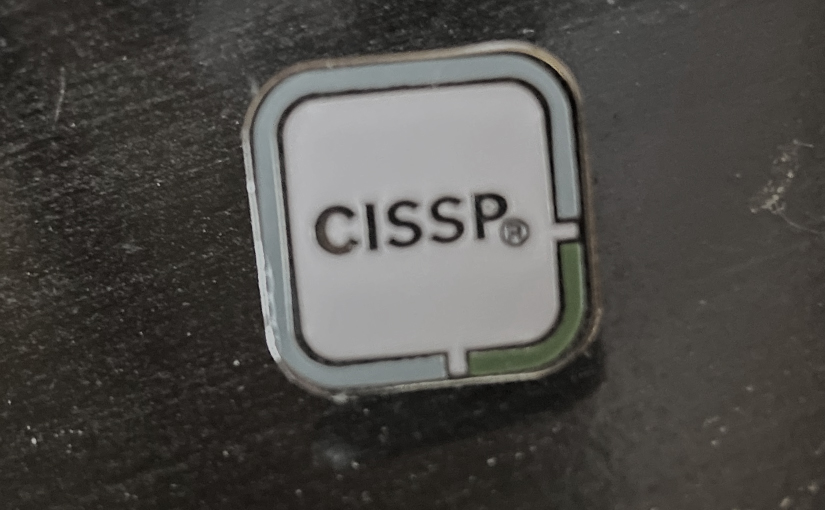The CISSP Application
After provisionally passing the CISSP, I contacted a coworker who’d agreed to endorse me. For those who are unaware, passing the CISSP Exam does not automatically grant you the certification; you’re also required to:
- Meet ISC2’s CISSP experience requirements
- An existing CISSP member in good standing has to endorse you
Note: If you pass the exam but don’t possess the relevant experience, you will NOT be granted certification! Instead, you’ll become an “Associate of ISC2” and have 6 years to meet the experience requirements.
This entailed going through my resume and correlating my experience to their applicable CISSP Domains. My application was submitted for endorsement within a couple of days, and the wait began…
I couldn’t help but feel deflated. I’d worked so hard to prepare for the exam and aced it, yet I still couldn’t call myself a CISSP! When faced with the inevitable, I did what I always do: I tried to put it out of my mind and move on.
Acceptance
About 4 weeks later, I received an email from ISC2 indicating that my application had been accepted and asking for my $125 annual maintenance fee. Upon payment, I received a follow-up email with my CISSP certification number.
I could at last breathe easy, knowing that it was finally over, and I could now celebrate my achievement in earnest! I did not yet have my physical certificate. It would be another 4 weeks before I arrived, and with it, disappointment…
The Card
While preparing for my CISSP, I stumbled on a couple of videos from a group called “Host Uknown”:
I found these to be a hilarious and welcome distraction amidst the stress of preparing for the CISSP exam. In particular, the second video led me to expect a card in addition to my physical certificate.
When the envelope containing my certificate arrived, I was disappointed to find that it didn’t include a card! Instead, I got a cheesy little pin… My disappointment was immeasurable. So much so that I actually reached out to ISC2, and was told this was something they discontinued due to COVID. While I can’t see why that would matter, I was powerless to do anything about it… save for maybe scanning my certificate and converting it to an SVG, then shrinking it down to business card-size, printing off and laminating it…
To be continued…



